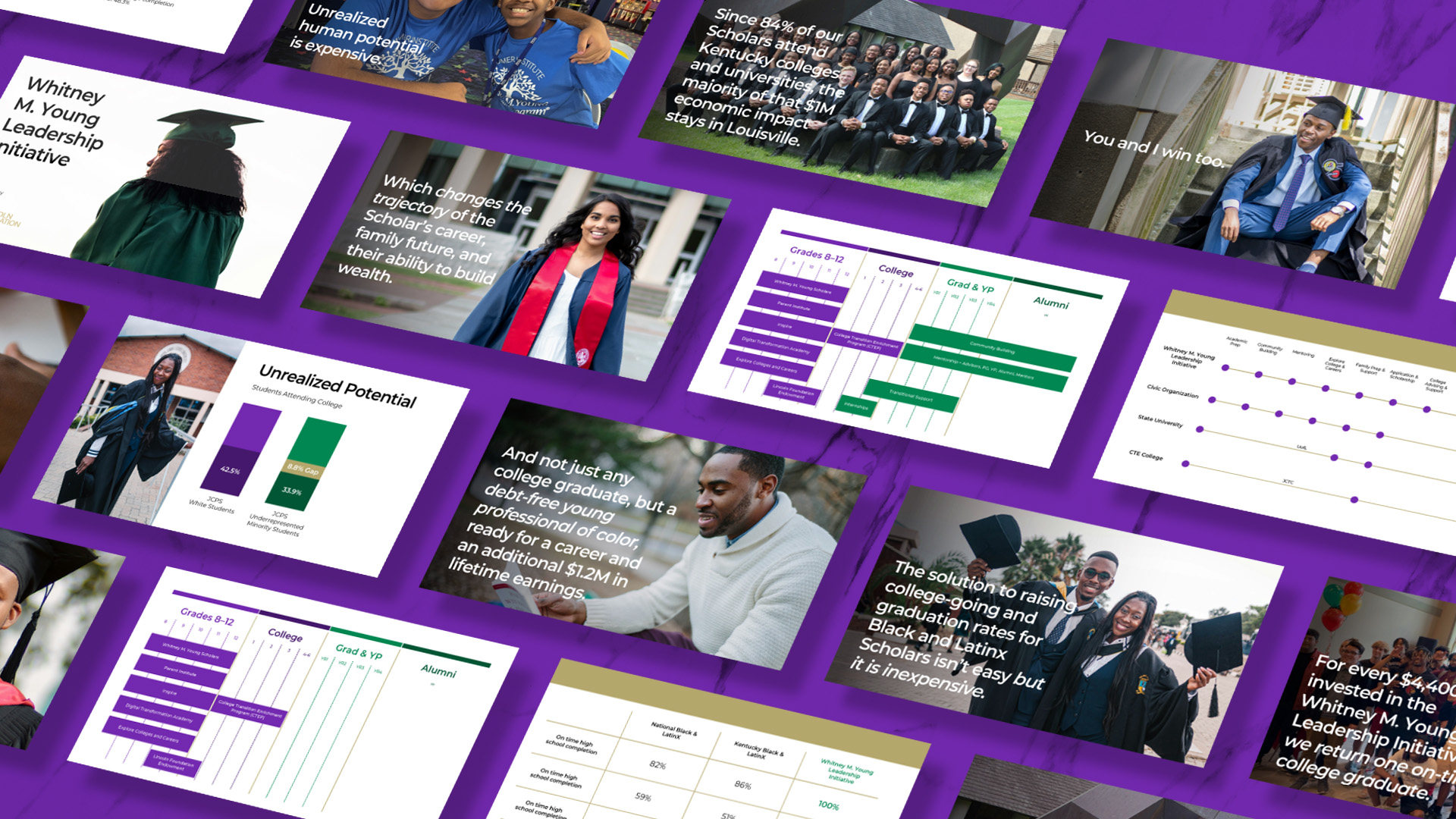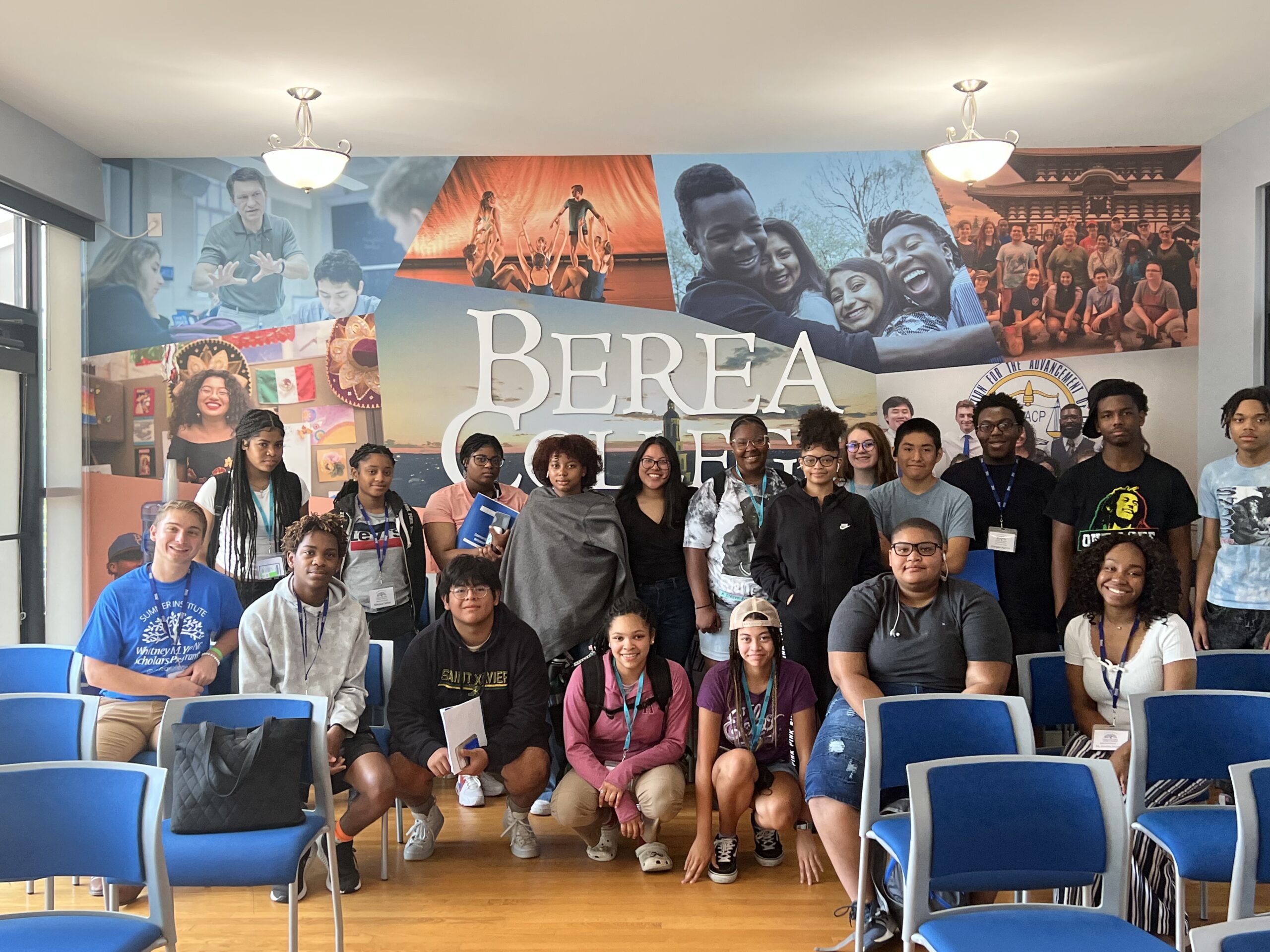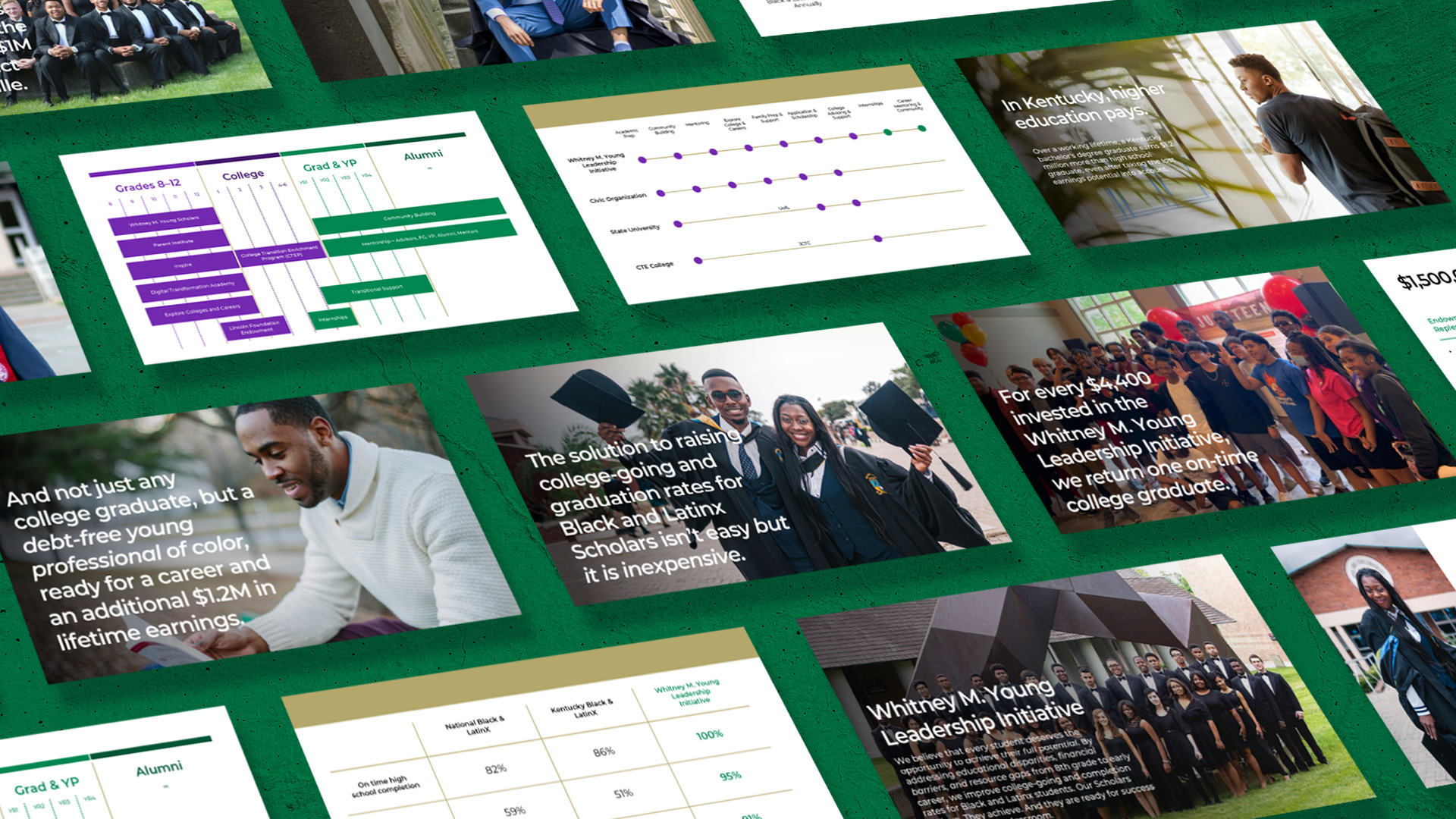Lincoln Foundation: Strategy
For over 110 years the Lincoln Foundation has served underrepresented minority and low income students in Jefferson County by providing educational and personal resources that increase access to higher education.

The Challenge
A powerful legacy, but an unclear purpose
With a long and complicated history, Lincoln Foundation’s current public perception has been muddled by multitude of ways their services have evolved over the years. The students and families they need to reach most often lacked an accurate understanding of what the organization could provide for them. The modern iteration of Lincoln Foundation was born from the Civil Rights Movement and relies on cultural touchpoints that lack the significance they once did with younger generations. Additionally the word “foundation” conveyed financial assistance and funding services that are not a part of the role they play in youth education development.

Before Fieldtrip we were burdened by old ways of fundraising and we continue to put a band-aid on the problem. Now people are finding out what we do and they believe in us.

The Approach
Inverting the explanation, putting the impact first
This challenge provided an opportunity to shift Lincoln Foundation’s long-term approach and strategy, beginning by applying our Strategic Fundraising Framework (SFF). To succeed in their mission it was vital for the Foundation to raise funds from new donors, younger audiences, and change how they marketed themselves. Traditional fundraising approaches—built on modest appeals and familiar donor pools—struggle to keep pace and leave many nonprofit leaders feeling frustrated, exhausted, and worried about their mission’s future. The SFF takes a much bolder approach that thoroughly shifts nonprofit fundraising. It isn’t about minor tweaks; it’s about empowering nonprofit leaders to command attention, inspire action, and secure the resources they need to expand their impact.
At the core of the SFF approach is inverting how an organization explains what they actually do. The Lincoln Foundation, like most, were explaining what they do. Their process, their service lines, and their initiatives. Lost behind all of that was the impact. The results of years of hard work between both the foundation and the students they work with. Working together we began to flip their story, beginning with its impact and how that benefits each of their disparate audiences. To a business looking to donate, we highlighted their workforce development. To parents of students the emphasis is on the personal, emotional, and structural support provided to their children. And most importantly, to the students themselves the financial and social impact of a college education was brought to the forefront, helping them imagine how different their life could be with the support of the Lincoln Foundation.

Many nonprofits focus intensely on “telling the story” but in that emotional plea they fail to quantify those results in a meaningful way to those who may look to invest. The SFF also helps organizations organically weave those results into their story, allowing nonprofits like the Lincoln Foundation to take a more entrepreneurial approach to their fundraising, combining empathy with economics. The Lincoln Foundation also viewed “advertising” the same way most nonprofits do. As a taboo. As something donors will see as a negative, distracting and diverting from the mission at hand. However, this mindset often holds us back from seeking out and approaching new audiences. Through the SFF the Fieldtrip team worked with the Foundation to develop their voice and strategy, helping them show up in new places and new ways. Now they were adding and growing their base of support rather than continuing with the same audiences.

The Results
New audiences, and new benchmarks
Now, equipped with a new approach to fundraising and fresh face, the Lincoln Foundation is no longer resting on their past. The organization is looking forward, shaking off the burden of out-dated fundraising strategies and band-aids. After multiple years applying for Impact100 grants, 2024 was different. Applying this new approach they won the grant, receiving $100,000 and are well ahead of their fundraising goals. Just as importantly for the future, they’ve found new audiences who both know their purpose and are bought in.
